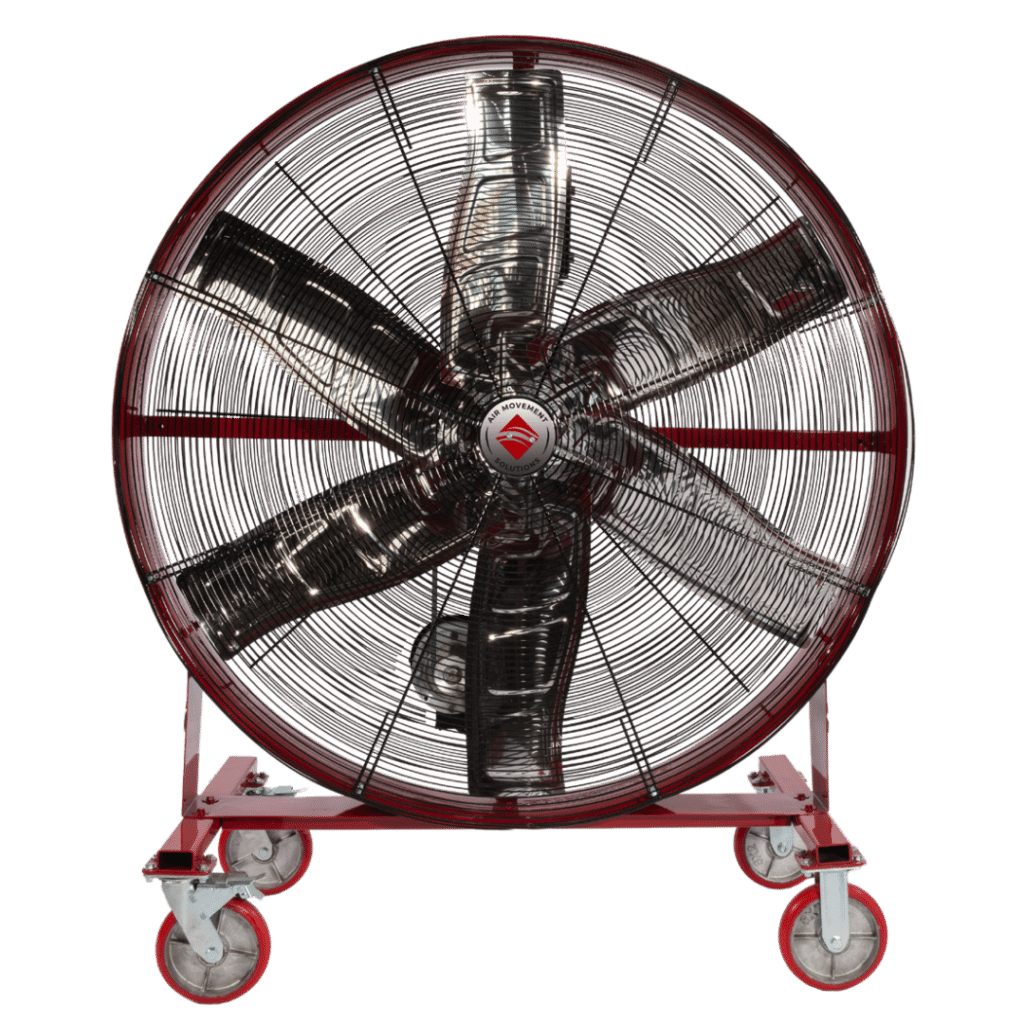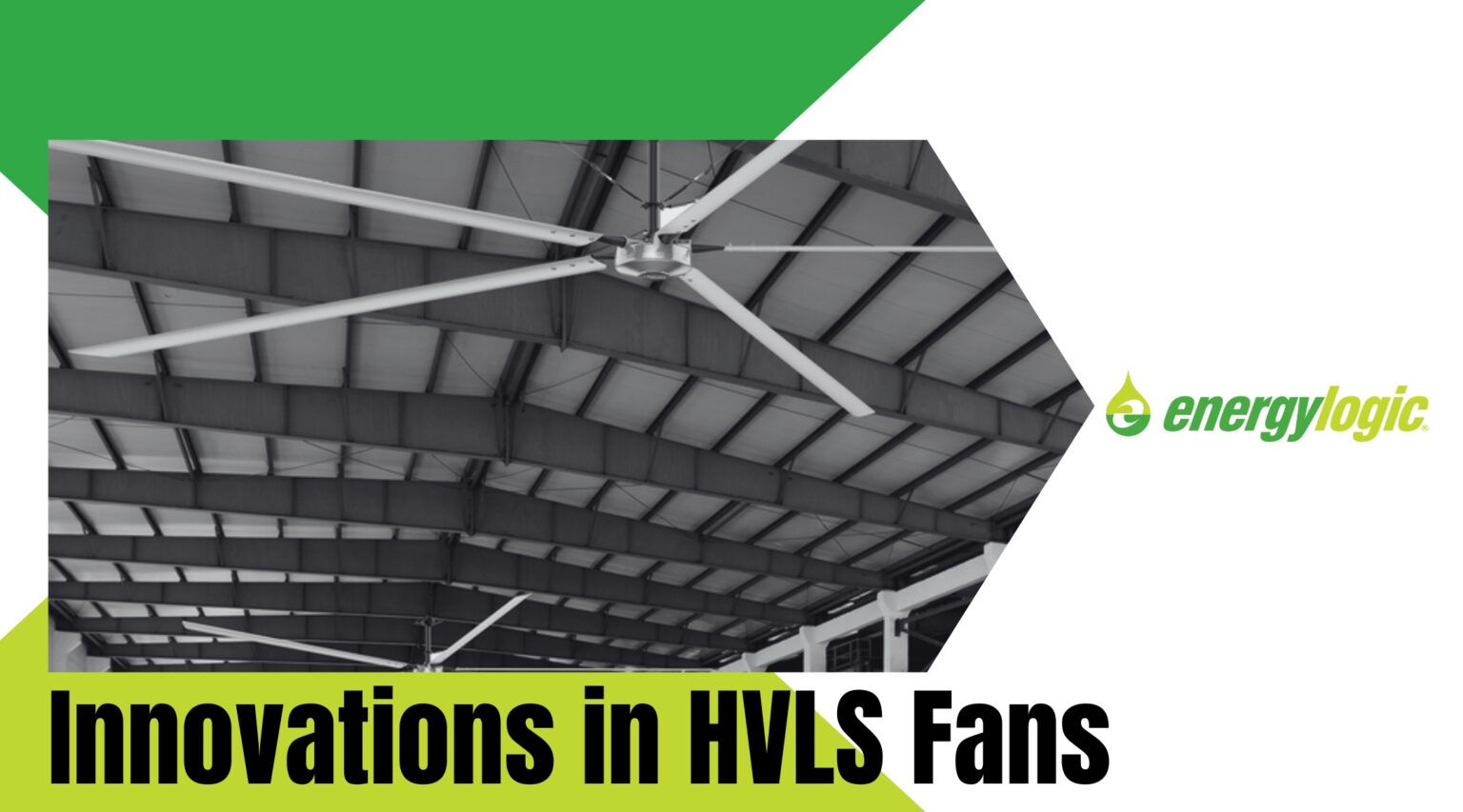
Stratification is a naturally occurring phenomenon that produces different temperature layers in a given space. This is why we have to constantly recirculate and introduce warm air into a room to maintain a certain temperature and comfort level. Heat naturally rises, and we lose significant energy keeping an area warm. In turn, this costs money.
Destratification (or thermal destratification) is a process that creates unification or equal heat distribution in a space. When implemented, it disrupts the layers of energy that have been trapped due to stratification. In other words, it redistributes the heat that rises and becomes lodged in the highest parts of a room. This trapped energy eventually becomes a financial loss. Taking advantage of destratification can lead to significant energy savings, especially in colder months.
How to Achieve Destratification
So, how can we accomplish destratification in a given space? High Volume Low Speed (HVLS) fans are the most innovative and economical means of achieving destratification. They’re expertly designed to maintain slow speeds while creating high volume air movement with little draft. Their long blades give them the unique capacity to circulate and mix higher volumes of air, increasing thermal redistribution. To achieve destratification, the fan must completely redistribute all the air in a room at least once every hour. HVLS fans are more than capable of producing this turnover. Additionally, they are more energy and cost-efficient compared to traditional heating and cooling systems.

Even for buildings with the best HVAC systems, there remains a recurring problem with airflow and temperature fluctuations—particularly in larger areas. Although an HVAC system makes the air available, without a means of efficiently distributing it, the air eventually settles back into layers through stratification, creating temperature discomfort. No matter how many smaller fans there may be on the ground, it won’t be enough to achieve destratification. Inefficiencies in HVAC systems often keep them from performing properly.
The Costs of HVAC Inefficiency

It takes time and effort to ensure that HVAC systems continually function at their most efficient. That’s a huge financial killer. HVLS fans are a convenient and affordable way to ensure that people get the most out of the HVAC systems they already have. Business owners can also save on ducting and equipment sizing of new systems. Logically, HVAC systems don’t have to work as hard (up to a 30% reduction) to achieve desired temperatures when paired with an HVLS fan.
HVLS fans don’t require the same degree of maintenance and upkeep as HVAC systems, nor do they depend on any ductwork installation. From a cost perspective, HVLS fans operate at approximately 31 cents a day. This translates to immense time and money saved for owners.
Benefits of HVLS Fans
For some facilities, it doesn’t make sense to invest in an HVAC system—but HVLS fans are still great economic additions. In addition to providing reasonable temperatures and lowering humidity levels, they can also help prevent sweating slabs, heat-related health concerns for employees, and heat damage to products. They also cut down on utility costs since they require far less energy to operate. This is an incredible feat for places with large open spaces: warehouses, schools, cathedrals, and airplane hangars.
For buildings with high ceilings, the only way to ensure that destratification happens year round is to have an industrial HVLS fan. Realistically, HVLS fans encourage destratification in any size space. Part of their appeal is that they’re useful just about anywhere. Spaces with ceilings 15 feet or higher will benefit the most from HVLS fans and subsequently reap the maximum financial return.

Destratification can make a huge difference in the overall climate of an interior space. However, it can be difficult to achieve this without the right equipment. HVLS fans address this issue in a cost-effective manner. Not only can HVLS fans improve on a pre-installed HVAC system, they can also replace them in some areas. Every space is different, but it’s crucial to remember how important airflow is for your health and your wallet. HVLS fans circulate the air better, creating more consistent temperatures and they cost far less than standard HVAC systems to operate.




